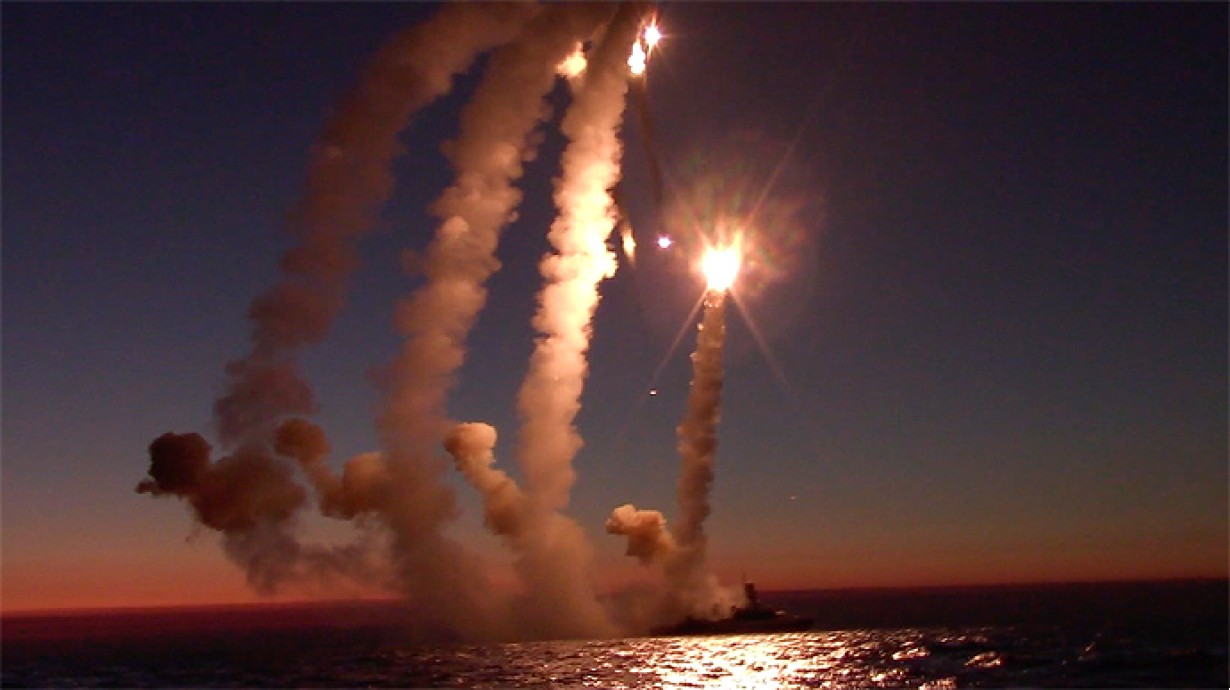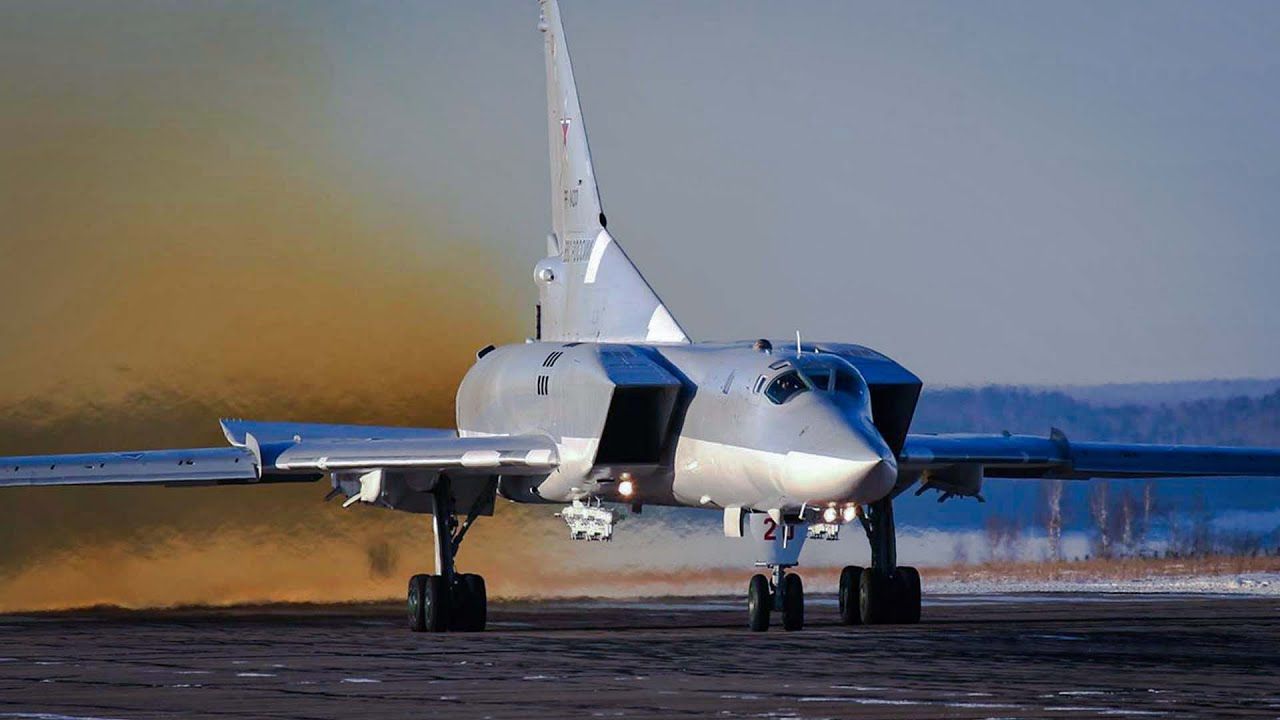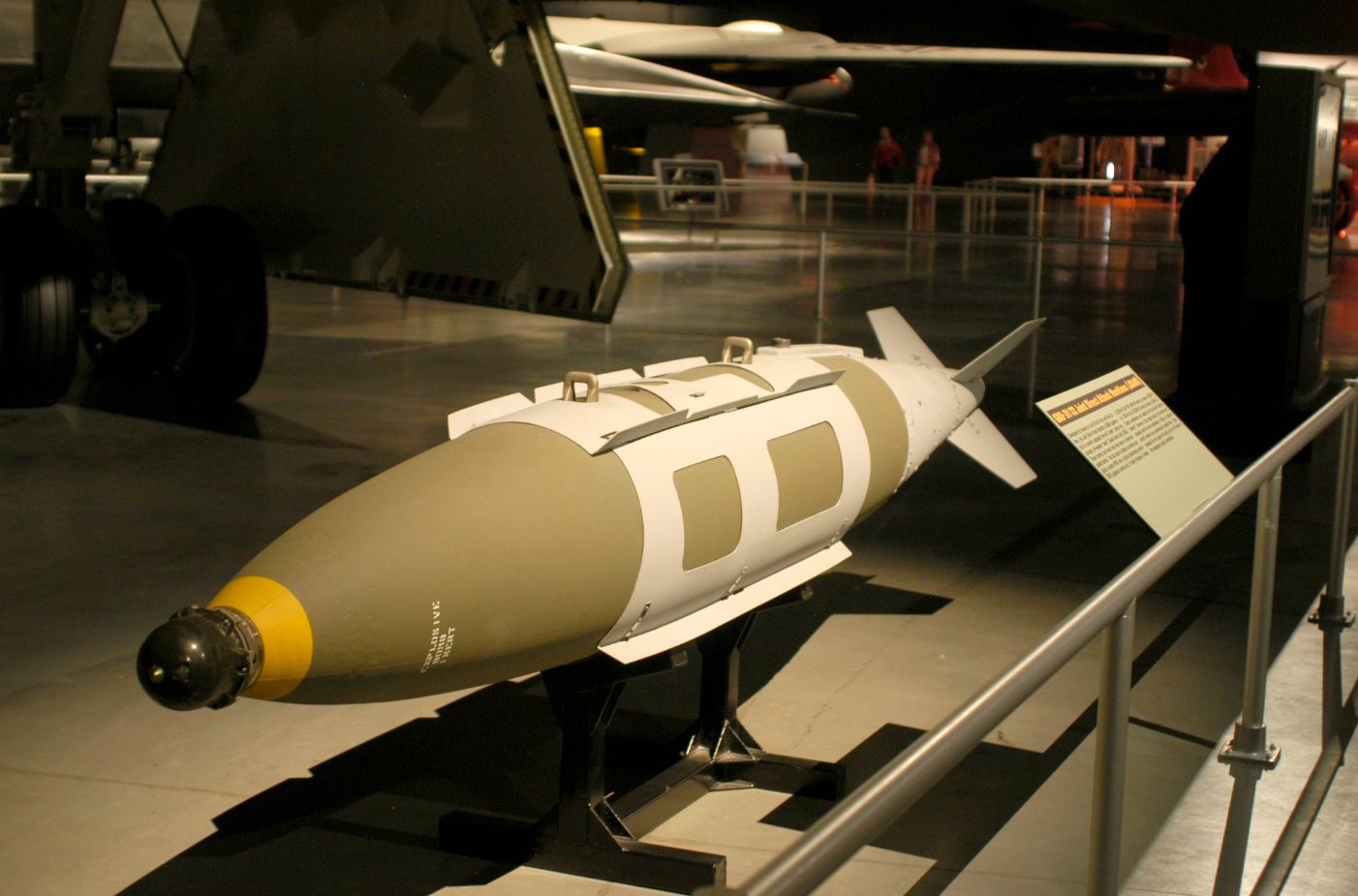Russian Aerospace Forces (RuAF), which have periodically employed cruise missile wave attacks to degrade Ukrainian power generation and communication infrastructure, appear to have changed tack. RuAF is now using cruise missiles for battlefield interdiction.
Russia’s most recent cruise missile attack on April 28, 2023, involved fewer missiles (Ukrainian sources claim 25) than in the past, when Russia has used around 80 missiles at times. More significantly, the recent attack targeted troops and equipment moving to the battlefront, not infrastructure.
Limited Success Of Infrastructure Strikes?
In an earlier analysis, we had stated, “It’s likely that past Russian infrastructure attacks using expensive cruise missiles didn’t negatively impact Ukraine’s war-fighting ability along the battlefront to the extent that Russia had hoped for.
“The steady flow of US/NATO arms and ammunition, as well as power generation and grid equipment, prevented the enfeeblement of Ukrainian forces. As a result, Russia has now resorted to hitting Ukrainian forces hard with heavy and accurate air-delivered bombs.”
Following the April 28 attack, the Russian MoD (RuMoD), in a statement, stated, “Russian Aerospace Forces launched a high-precision long-range air-based missile strike against temporary deployment points of Armed Forces of Ukraine (AFU) reserves.
“The goal of the attack has been reached. All the assigned targets have been neutralized. The movement of the enemy reserves into the combat areas has been prevented.”
Yaroslav Yakimkin, an officer of the press center of the Russian forces “Vostok” group, announced in a video statement, “In the course of hostilities in the Kupyansk direction, the military personnel of the Zapad group of troops … thwarted two attempts to rotate units in the area of populated Novomlynsk and Dvurechnaya points.”
The April 28 attack was likely prompted by Ukraine moving some of its reserves near the battlefront in preparation for its upcoming offensive.
Changed Tactics
Interestingly, all the cruise missiles used on April 28, 2023, were launched by RuAF bombers. In the past, cruise missile attack waves have used sea and ground-launched missiles. Maneuvering of Russian Black Sea fleet ships before launching the cruise missiles likely alerted Ukrainian forces to an impending attack.

Evidence suggests that the RuAF, in a methodical manner characteristic of its commander General Sergey Surovikin, is switching posture and tactics to become more relevant in the ongoing war against Ukraine.
Thus far, the much-vaunted Russian artillery has dominated the battlefront and put Ukrainian forces on the back foot. Russian artillery has facilitated incremental but inexorable advances of Russian troops pitted against well-entrenched Ukrainian troops in heavily fortified positions. Bakhmut and Avdeevka are the most talked about examples.
The irony is modern air power easily scores over artillery with its ability to strike anywhere along and behind the battlefront with great precision using the third dimension! The third dimension, mainly inaccessible to ground forces, allows aerial strike platforms to ignore any amount of ground fortification.
Understanding What Held Back The RuAF
Despite what most Western analysts suggest, RuAF’s less-than-stellar performance cannot be attributed to poor leadership or training.
RuAF performance has been hampered by the free flow of battlefield intelligence and targeting information to Ukrainian forces from theater-level US/NATO situational awareness and ISR platforms like the RC-135 and the E-3 Sentry, as well as tactical-level SIGINT, EW, and ISR from assets such as RQ-4D, US Navy P-81, and US Army RC-12.
The above assets operate in NATO or international airspace. International law prevents Russia from attacking these assets.
Raw battlefield intelligence obtained by these assets is processed 24×7 by thousands of analysts in the US and NATO countries equipped with top-of-the-line digital processing and communication hardware. These analysts, too, are beyond Russian reach.

Russian ground forces have adapted to the overwhelming advantage enjoyed by Ukrainian forces, on account of surreptitious Western participation in the conflict, by compacting the front line and layering its troops, artillery, and air defense (AD) forces in a manner that makes it difficult for Ukrainian forces to identify and target Russian forces and supply depots.
Countering Ukrainian Advantage
It now appears that RuAF has also devised tactics and developed aerial weapons to effectively negate some of the advantages accruing to the Ukrainian forces from the situational awareness provided by US/NATO AWACS.
For example, Russia is now attacking targets in the vicinity of the battlefront using glide bombs; it’s using cruise missiles to target troop and equipment reserves positioned deeper behind the battlefront. Under the circumstances, AWACS is no help to Ukrainian forces, but Russian forces continue to enjoy the benefits of Russian AD superiority.

Intercepting glide bombs poses a challenge to Ukrainian AD systems. Not only does Ukraine have a limited number of AD systems, but its medium-range AD is also constrained by depleted missile stocks. Also, deploying AD close to the battlefront puts the systems in the range of Russian artillery and kamikaze drones.
In contrast, Russian forces have a large stock of short and medium-range mobile AD systems with plentiful missile stocks. These systems can prevent Ukrainian drones from snooping too far behind the Russian lines, and they can defend themselves and the targets that they are deployed to protect from attacks by Western PGMs such as the Switchblade kamikaze drone, JDAM, Ground Launched Small Diameter Bomb (GLSDB), HIMARS and HARM ARM.
Intercepting cruise missiles is easy when you have AWACS cover and time, as is the case when Russia uses cruise missiles to strike targets deep in Ukrainian territory. The missiles cruise through Ukrainian airspace at low subsonic speed for a long time.
Also, because of their limited range, the missiles are required to be launched from close to Ukrainian airspace. RuAF bombers, used as launch platforms, likely get detected well before the missiles are launched.
Intercepting a cruise missile that doesn’t traverse Ukrainian airspace at subsonic speeds for long durations is more challenging. Particularly so when the missiles are launched using bombers flying over the Caspian Sea, well beyond the US/NATO AWACS detection range!
The RuAF, through the use of relatively inexpensive glide bombs and a change of tactics, which now encompass flying SEAD and battlefield interdiction missions, appears poised to play a pivotal role in the days ahead.
- Vijainder K Thakur is a retired IAF Jaguar pilot. He is also an author, software architect, entrepreneur, and military analyst. VIEWS PERSONAL
- Follow the author @vkthakur




